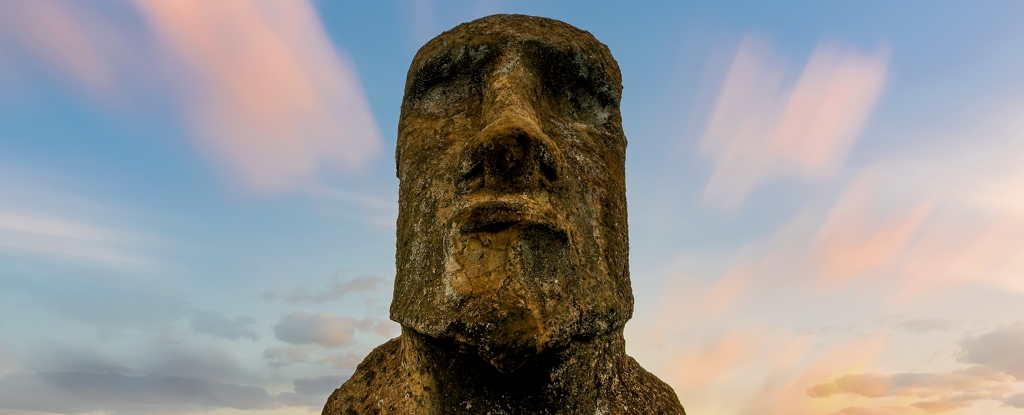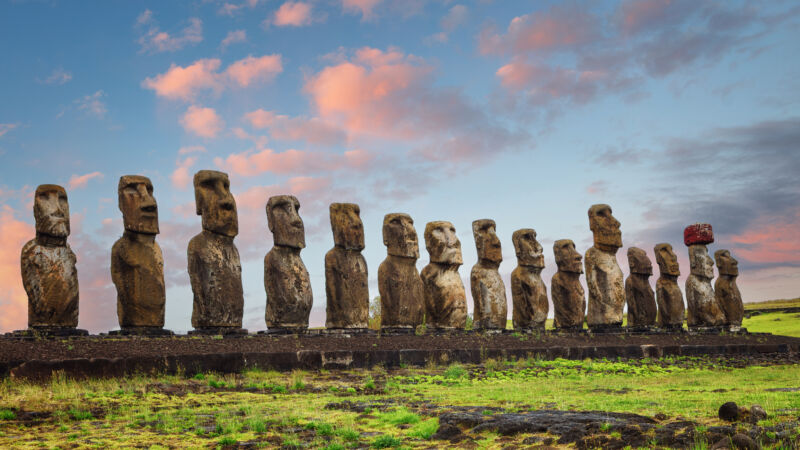Fabio Picasso
Justified & Ancient
- Joined
- Mar 31, 2024
- Messages
- 1,329
- Location
- Buenos Aires, Argentina
A Speculative Reconstruction of Techniques of Carving Transporting and Erecting Easter Island Statues
Overview:

Overview:
Ever since Easter Sunday of 1722, when Jacob Roggeveen first saw them, visitors have gazed in awe at the gigantic stone statues which are the special hallmark of the tiny mote of south-east Pacific land that is Easter Island. They have pondered the problems of carving, transporting and erecting on large outdoor altars of statues weighing up to 82 metric tons and have come up with an astonishing variety of speculations. Some have even opined that the statues were not carved and transported but moulded in place of some plastic material or that they were blown from erupting volcanoes to their altar positions The people whose ancestors carried out these great engineering projects dismiss the problem lightly by relating that the statues walked to the altars with magical aid. Unlikely as it may seem, this assertion may reveal an insight into the method actually used. Enough information
Source: Mulloy, William. “A Speculative Reconstruction of Techniques of Carving Transporting and Erecting Easter Island Statues.” Archaeology & Physical Anthropology in Oceania, vol. 5, no. 1, 1970, pp. 1–23



